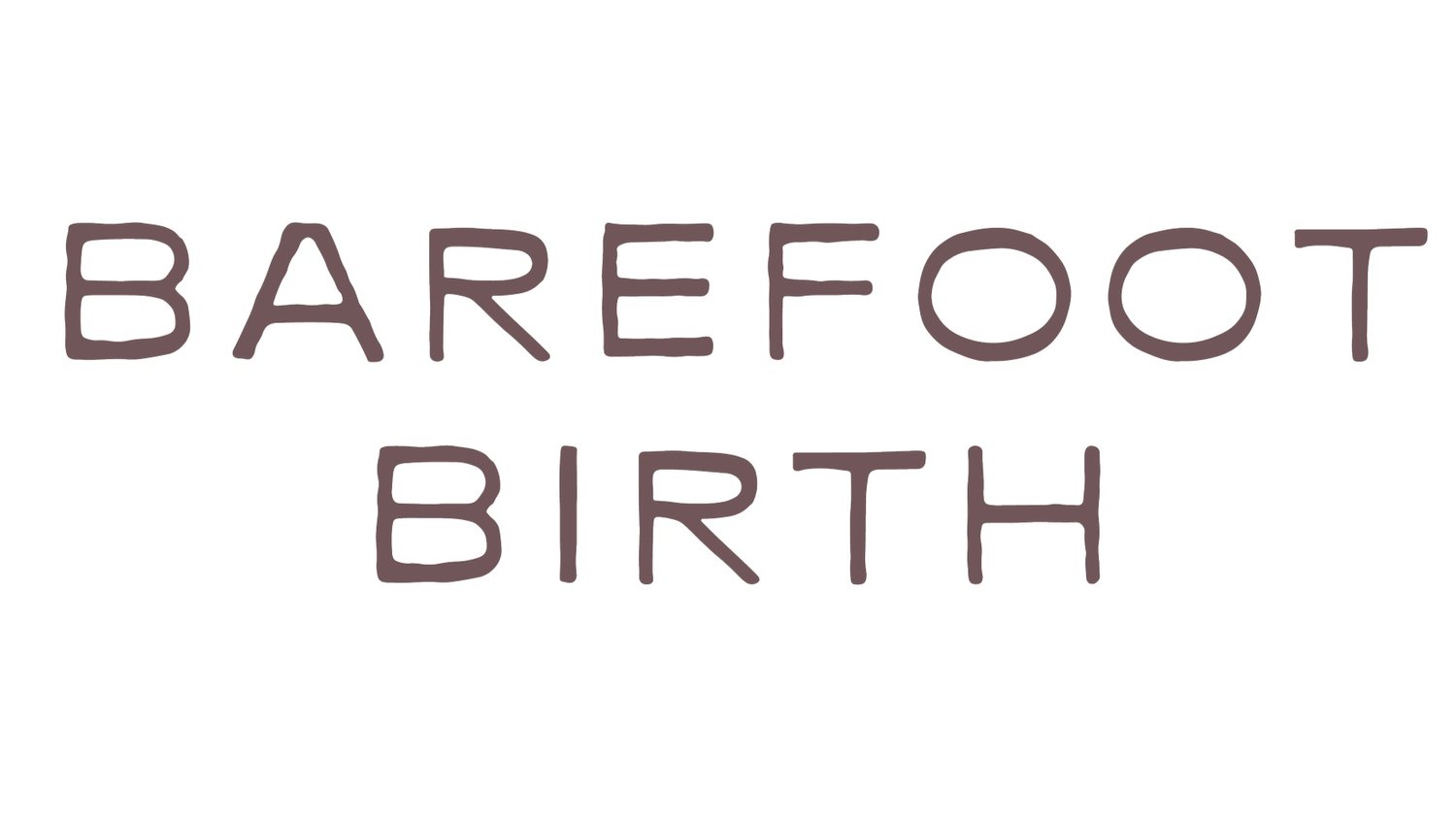The Endo Diet: What Foods to Eat and Avoid
Endometriosis is a chronic condition that causes painful symptoms such as painful periods, pain during intercourse, excessive menstrual bleeding, and even pain during bowel movements or urination. While there is no cure for this condition, it is possible to treat endometriosis naturally, starting with your diet.
The gut is often called “the second brain” because of its significant influence on the other systems in our bodies. What you eat – and what you don’t eat – can have a tremendous impact on easing the painful symptoms caused by endometriosis. Symptoms associated with endometriosis stem from three primary causes: inflammation, hormone imbalance, and stress. The “endo diet” helps guide you towards foods that reduce inflammation in the body and balance out your hormones.
For those seeking to learn more about the endo diet, keep reading to learn from our holistic midwives which foods to eat, and which foods to avoid.
The Endometriosis Diet: What Foods To Avoid
Let’s begin with what foods you should not eat if you suffer from endometriosis. There are a number of foods that are proven to cause internal inflammation, which is one of the root causes of pain from endometriosis. Other foods to avoid are those that affect your hormones, which can cause hormone imbalances.
Avoid consuming foods that are known to cause inflammation including red meat, processed meats (bacon, deli meats, sausages, etc.), sugar, dairy, processed foods, fried foods, and gluten (foods derived from wheat, rye, and barley). You should also avoid drinking alcohol and caffeine.
If you also suffer from IBS, you should avoid legumes, onions, cauliflower, apples, pears, stone fruit (peaches, plums, etc.), watermelon, and prunes.
Foods that affect your hormones should also be avoided. This includes foods treated with hormones or pesticides. Only eat foods that are certified organic. We also recommend cleaning up other environmental hormone disruptors such as beauty and cleaning products, and plastic food storage containers (switch to glass). You should check that your home’s water and air filtration systems are up to standards, and only use natural sunscreen and insect repellent.
The Endometriosis Diet: What Foods To Eat
You should focus on incorporating a diet of whole foods in their most natural, unprocessed form. We recommend a diet heavy in fresh fruit and vegetables – you should eat at least 8-10 servings of fresh, organic fruits and veggies every day.
Other food groups to focus on include high-fiber foods, omega-3 fatty acids, and probiotics. High-fiber foods include quinoa, beans and lentils. Omega-3 fatty acids are found in salmon, nuts, avocados, and olives. Foods high in healthy probiotics include sauerkraut, miso, sugar-free yogurt, kefir, tempeh, and natto.
Incorporating these dietary changes, along with a regimen of herbs and supplements for endometriosis, can make significant improvements in your pain levels. Keep in mind that these interventions take time to notice their full effects, so the key to your success will be patience and consistency. We recommend following the endo diet for at least 3-6 months. Sometimes improvements can be slower and take up to a year to experience full effects.
Contact us to make an appointment with our staff and find out more about how to incorporate the endo diet into your lifestyle.
